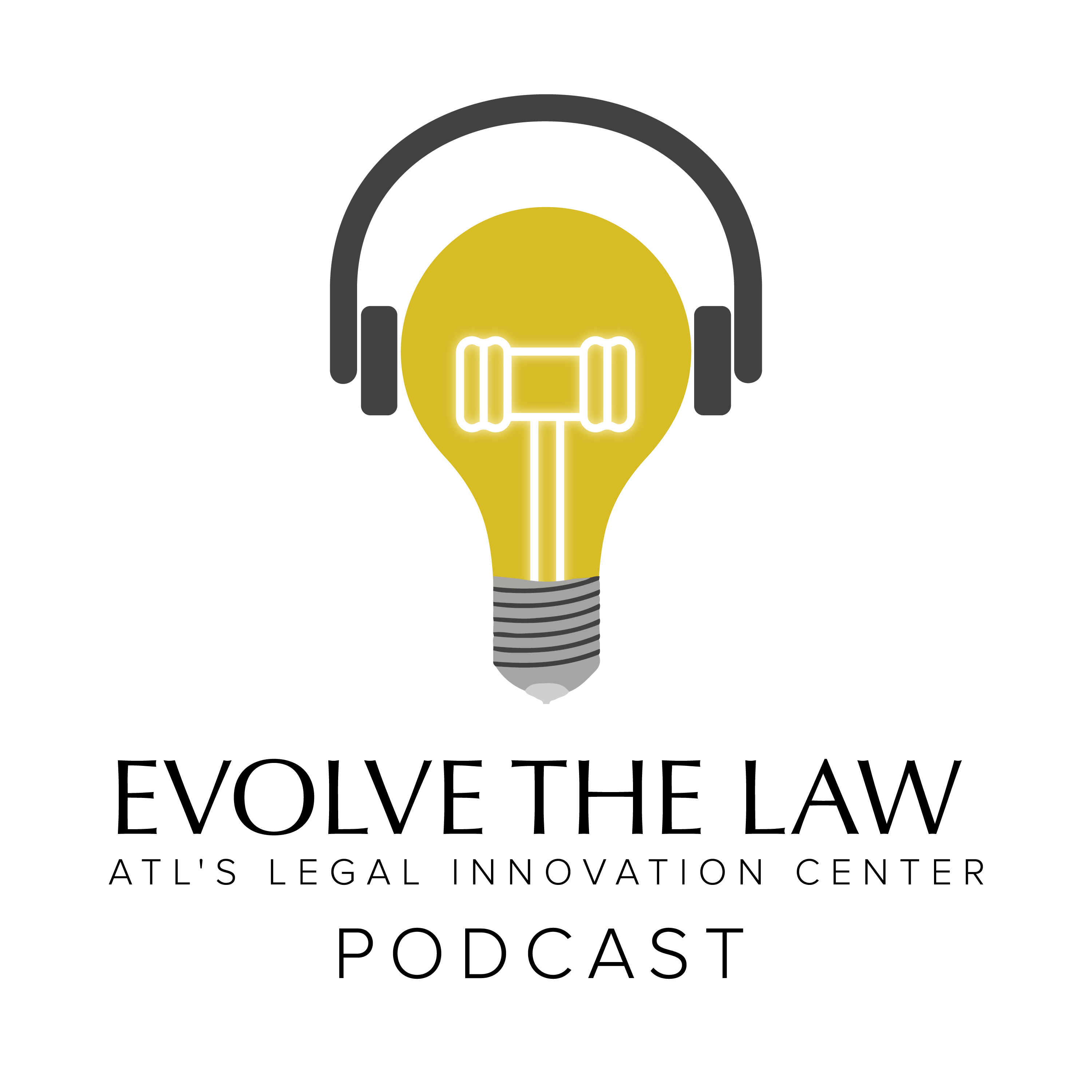 As we usher in 2018, you’ve no doubt heard an incredible amount about blockchain. Blockchain has been pitched as the end of lawyers (at least in certain scenarios), a solution to any security problem, and I’m sure, in certain circles, as the cure for cancer. The attractiveness of the technology has gathered significant attention in legal circles — a phenomenon that Robert Ambrogi captured a few months ago in his article for this site entitled “In Legal, Blockchain is the New Black,” expounding on the technology’s promising potential in the practice of law.
As we usher in 2018, you’ve no doubt heard an incredible amount about blockchain. Blockchain has been pitched as the end of lawyers (at least in certain scenarios), a solution to any security problem, and I’m sure, in certain circles, as the cure for cancer. The attractiveness of the technology has gathered significant attention in legal circles — a phenomenon that Robert Ambrogi captured a few months ago in his article for this site entitled “In Legal, Blockchain is the New Black,” expounding on the technology’s promising potential in the practice of law.
To continue that conversation, I think it’s helpful to delve into exactly what blockchain is (and what it is not). Blockchain is the technology that makes Bitcoin work. Bitcoin in turn is a mechanism for making digital cash payments between people that essentially don’t know or don’t trust each other. Blockchain was specifically developed to build the level of trust required for the Bitcoin currency to work.
At its heart, blockchain is a digital ledger of transactions between multiple parties. Each transaction is represented by a set (or a block) of data; the transactions themselves are linked (chained) in a way that makes it very difficult for anyone to misrepresent or hack the transaction. This linking is done through the use of a cryptography algorithm known as a hash. A full explanation of hashing algorithms is (thankfully for all) beyond the scope of this article, but for our purposes, here’s what one needs to know:
- The algorithm reads a block of data.
- The algorithm then creates a unique string or hash based on that data.
- The hash is always the same size, and small changes in the input data can lead to significant (and seemingly random) changes in the hash.
For example, let’s assume that we are adding a block of data to a blockchain as follows:
“ABC Law firm receives 100 bitcoins
Corp 123 sends 100 bitcoins”
If our hashing algorithm created an eight-character hash, a potential value for the hash for that block of data could be “0a7bz320.” If we were to change the amount of Bitcoins to 200 for each part of the transaction, the hash in turn would also change and could be something such as “ t807gg2a.” Figure 1 shows (in a simplified manner) how the hash is used to link the blocks in a blockchain.
Each block of transactions has a corresponding data header, which stores the following:
- The hash of the current block’s transactions, and
- The hash of the previous block’s header.

One might ask, how exactly does this contribute to building trust? A few more pieces of information are necessary to fill out the picture:
- Blocks once added are never deleted, and
- For Bitcoin, the data in the blockchain is replicated across many computers owned by different people or organizations.
- New blocks are being added on a regular basis.
Given all of the above, let’s examine what has to happen in order for a bad actor to modify (hack) data in a block that’s been entered on the blockchain. First of all, that actor would have to gain access to many distributed computing systems. Assuming that was achievable, the actor would then need to go back and modify not only the target block in the blockchain, but also every single block that had been added thereafter (due to the linking of the hashes as shown in Figure 1).
In this article, we have glossed over the technical details of implementing the hashing (and also of adding blocks to the blockchain), but the reality is that calculating each of the hashes and adding new blocks is a computationally intense process. Computer scientists generally agree that the transactions in a block can not be changed once six more blocks have been added to the blockchain.
This unique property is what technology folks are referring to when they say that blockchain is immutable and is fundamental to recognizing why innovators across many industries — including law — are highly optimistic about the technology. The excitement around blockchain is rooted in its potential to eliminate human errors, such as missed transactions and miscommunication, and prevent intentional meddling, such as hacking or fraud, as well as ensuring accountability and transparency.
Based on what we have covered, it is clear why this technology has applications for the financial markets — but that’s just the beginning of what blockchain can do. The technology’s core function is to record transactions, a practice that is fundamental to how modern economies function — from real estate titles to M&A filings to your personal checkbook. That is why the technology’s applications have the potential to go far beyond finance.
Next month, we will explore blockchain’s use cases and potential impacts in the legal markets. Blockchain may be approaching the peak of its hype cycle, but when applied to the right use cases, this technology holds a lot of promise for the practice of law.

May Goren Photography
Dean Sonderegger is Vice President & General Manager, Legal Markets and Innovation at Wolters Kluwer Legal & Regulatory U.S., a leading provider of information, business intelligence, regulatory and legal workflow solutions. Dean has more than two decades of experience at the cutting edge of technology across industries. He can be reached at Dean.Sonderegger@wolterskluwer.com.







